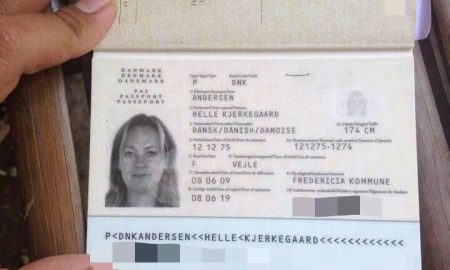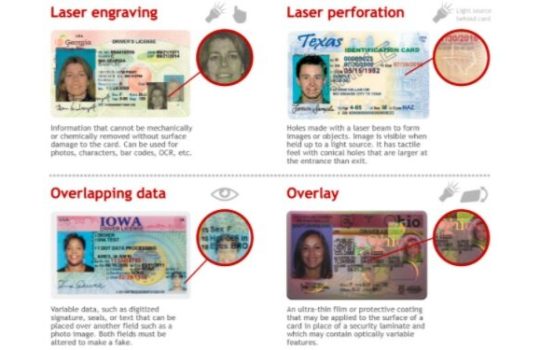Do Fake Ids Scan
2024-04-07 2024-04-07 2:04Do Fake Ids Scan
Do Fake Ids Scan
Us Fake Passport For Sale
Massachusetts Fake Driver License
Uk Fake Passport New
Fake IDs have been a hot topic of debate for years, with many people wondering whether or not they can actually fool scanners. The use of fake IDs has been popularized in movies and TV shows, where characters use them to gain access to exclusive events or purchase alcohol while underage. But in the real world, do fake IDs actually scan?
The short answer is yes, some fake IDs can indeed scan. However, there are many factors that determine whether or not a fake ID will pass as authentic when scanned by a machine. In order to understand how fake IDs work with scanners, it’s important to know how these machines operate.
Scanners used to verify IDs work by checking the information encoded on the ID’s barcode or magnetic stripe against a database of valid IDs. This database is usually updated regularly to include new identification formats and security features. When an ID is scanned, the information on the card is compared to the database to determine its authenticity.
While some fake IDs are designed to mimic the information found on real IDs, they may still fail to pass a scanner test due to discrepancies in the encoding or formatting of the data. Additionally, some scanners are equipped with advanced technology that can detect tampering or forgery attempts, making it even harder for fake IDs to go unnoticed.
One common misconception is that all fake IDs fail to scan because they lack the correct information or security features. While this may be true for some poorly-made IDs, there are professional counterfeiters who are able to replicate the security features found on real IDs, making it harder to differentiate between the two.
In recent years, advancements in technology have made it easier for scanners to detect fake IDs. Some machines are equipped with ultraviolet (UV) light scanners that can reveal hidden security features on IDs, such as watermarks or holograms. Other scanners may use infrared technology to detect alterations or discrepancies in the card’s material.
Despite these advancements, there are still ways for individuals to create fake IDs that can pass scanners. For example, some fake IDs are made using high-quality materials that mimic the look and feel of real IDs. Additionally, some counterfeiters are able to obtain the same type of cardstock used by government agencies to print IDs, making it even harder to detect a fake.
In addition to physical features, some fake IDs also use software to manipulate the information encoded on the card. By using programs to alter the barcode or magnetic stripe data, counterfeiters can create IDs that appear legitimate when scanned by a machine.
It’s important to note that using a fake ID is illegal and can result in serious consequences, including fines, jail time, or a criminal record. The risks of getting caught with a fake ID far outweigh the benefits of being able to purchase alcohol or gain entry to a club underage.
In conclusion, fake IDs can indeed scan, but the likelihood of them passing as authentic depends on a variety of factors. While some counterfeiters are able to create IDs that mimic the security features found on real IDs, advancements in technology have made it harder for fake IDs to go undetected. Ultimately, the use of fake IDs is not worth the potential consequences, and individuals should think twice before attempting to use one.








